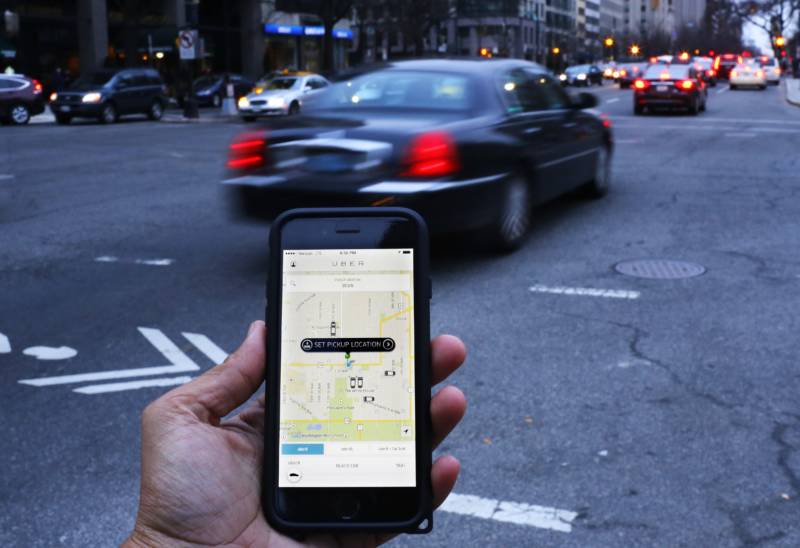Richard Fierro, a spokesman for Teamsters Local 70, said the union is not against finding alternative ways to serve commuters, but said they would have liked to participate in the conversations. Fierro told the Mercury News, which first reported the story, "We object that they are using public funds to subcontract with drivers who are independent contractors working for a company that has a bad reputation for how it treats its workers."
The agreements with the individual ride services and taxi companies still need to be finalized, Wegener said. It might be that only one or two companies sign an agreement, but the pilot program will continue until the money runs out, which Wegener said could be in a year.
KQED's Devin Katayama spoke with Wegener to find out more about the pilot program, called Wheels on Demand, which will be limited to certain areas in Dublin. She anticipates the program will be running by mid-September.
How will this work?
We're trying to make it simple to use. So basically a passenger in the pilot project area would request a ride in a participating transportation network company (TNC), and a discount for that trip would automatically be applied.
Who is your target audience?
We hope that anyone looking to go to the BART station in Dublin would use our service. We're also working with taxicab companies to accommodate trips for passengers who don't have a smartphone. So any partnering taxicab company would be available to offer the same discount in the same project area. But we're really trying to pull people out of their cars and offer an innovative solution to get to the BART station or to get to the main Wheels [bus] route on Dublin Boulevard.
Is there anything under these potential agreements with Uber and Lyft that will make these companies operate differently? Surge pricing or additional background checks, for example?
Not at this time. We're really trying to make this as simple as possible. So we aren't asking the TNCs or the participating transportation companies to do anything really different. We are looking to get as much data as we can. But we really want to get this rolling. We've already made our route changes and we recognize that it's a pilot program and that things may change down the road.
Dublin's population has been one of the fastest growing in Alameda County. Do you think that these partnerships are a long- term fix or a short-term fix to gaps in the public transportation system in the Bay Area suburbs?
I think that it has definite long-term potential. We're struggling with how do you provide that connectivity to your main line routes, and this is our first attempt to come up with a creative solution.
The conversation has been edited for length.

